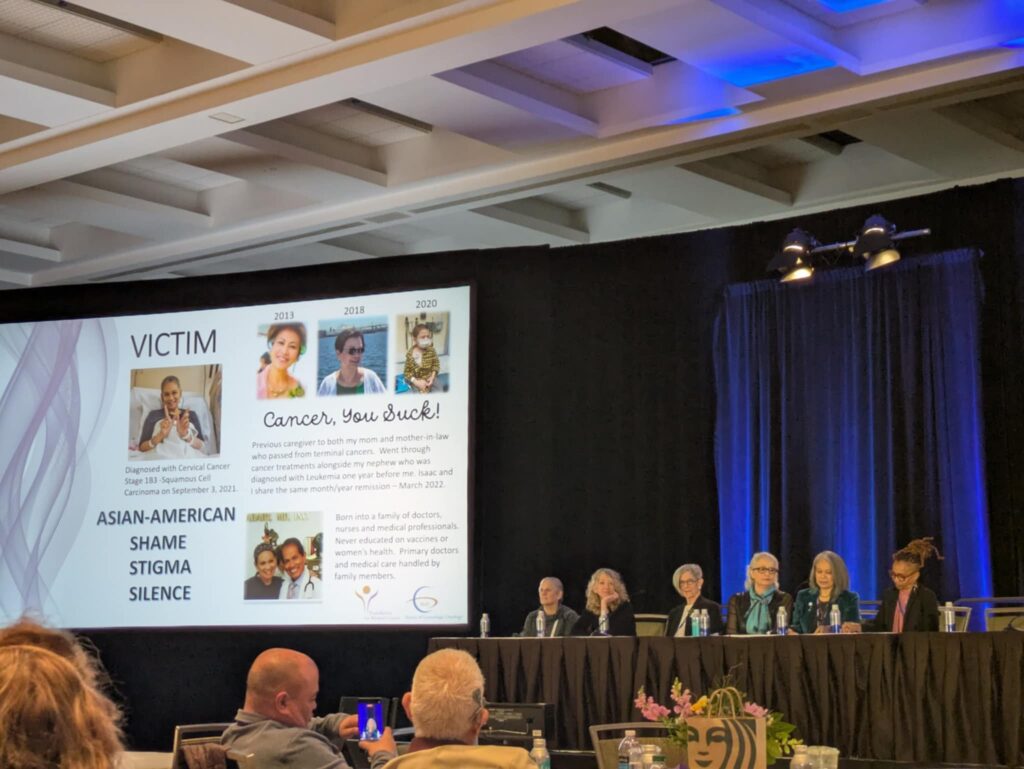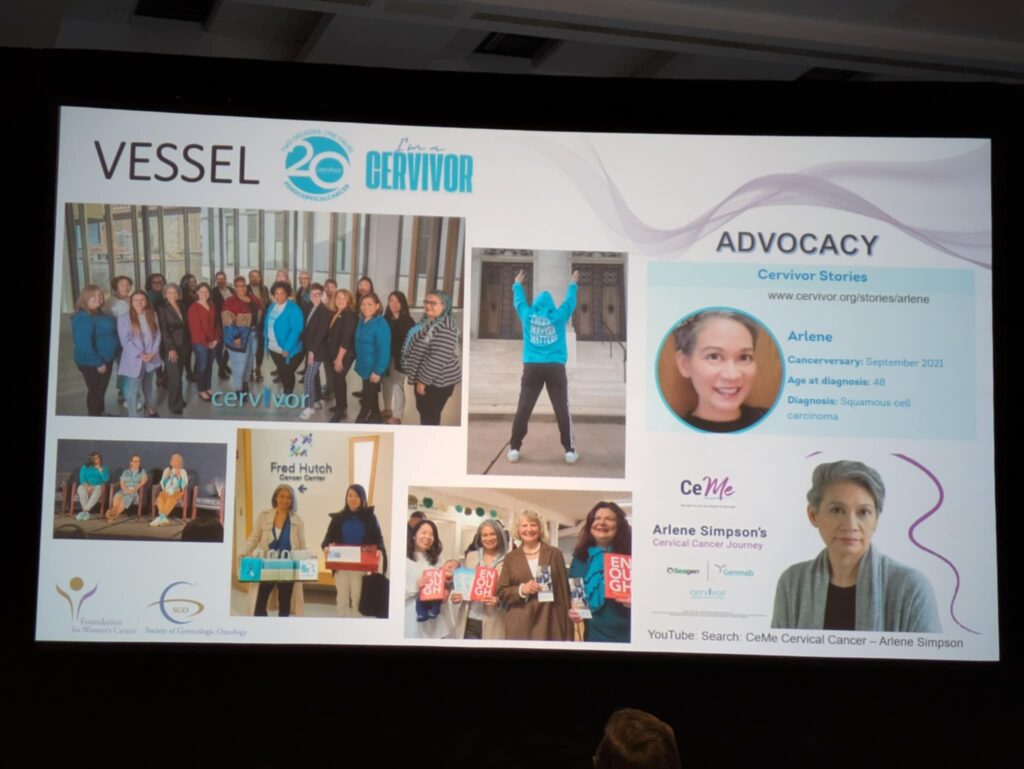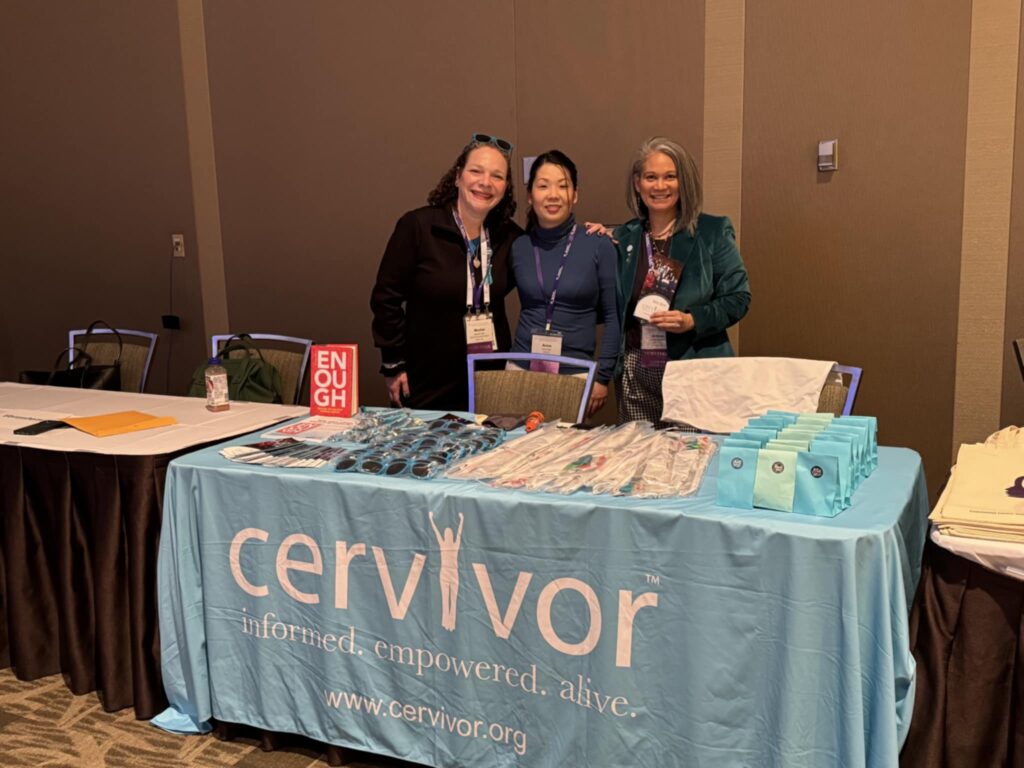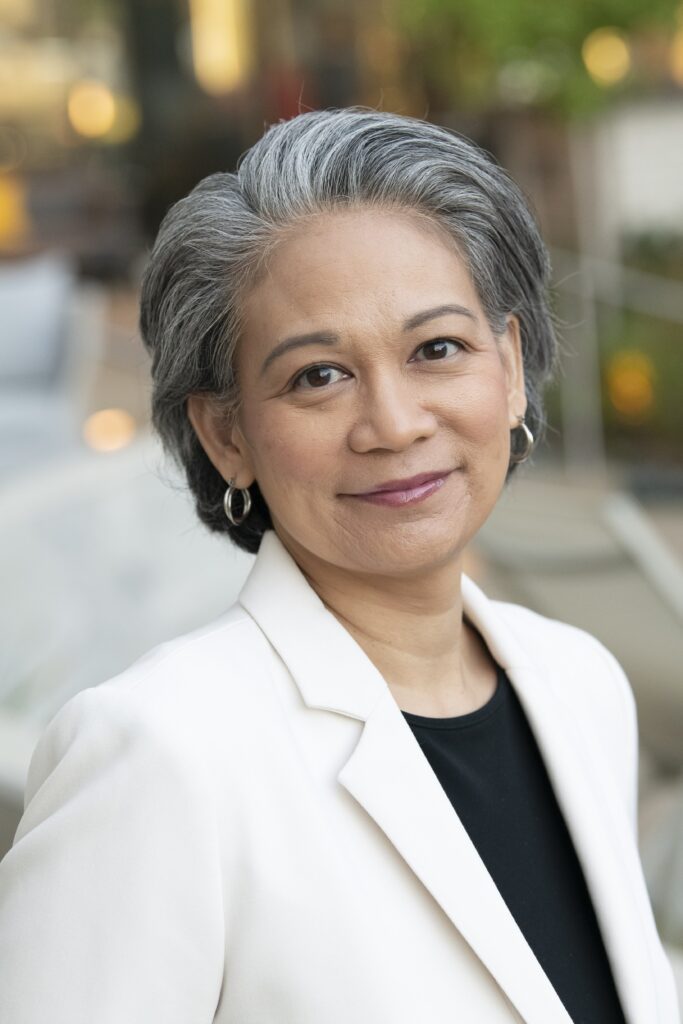Grab the confetti, sound the air horn, and get ready for a balloon drop—we did it, everyone!
Cervivor’s Tell 20, Give 20 awareness and fundraising campaign has officially surpassed its goal, raising an impressive $21,022—and it’s all thanks to the incredible support of our community (that would be you!).
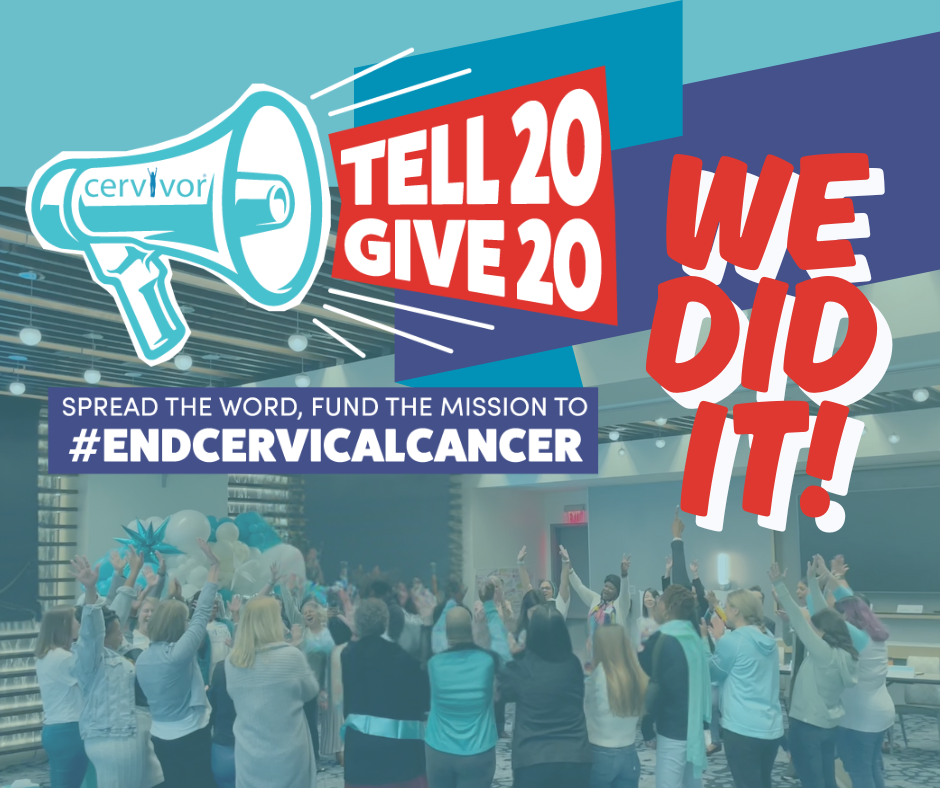
Launched in January during Cervical Cancer Awareness Month—and to mark Cervivor’s 20th anniversary—the campaign’s original goal was to raise $20,000 by the end of the year. Called “TG20” for short, it was designed to encourage people to “tell 20” of their contacts about Cervivor’s mission to end cervical cancer and ask them to “give 20” dollars to support this important cause.
Reaching our fundraising milestone ahead of schedule was made possible by nearly 30 individual fundraisers, six dedicated teams, and hundreds of generous donors—all working together to spread the word and rally support.

Tamika Felder, Cervivor’s Founder and Chief Visionary, expressed her gratitude for both the financial support and the power of community in amplifying the organization’s efforts:
“This is what happens when we work together, not just our community of people who’ve been impacted by cervical cancer directly, but our fellow partners in purpose—organizations, researchers, doctors, clinicians, and others—who all come together to support us so that we can continue to do this work. They understand the vital need for patient voices.”
What TG20 Fundraisers are Saying
The awareness and fundraising campaign has already had a transformative impact—but don’t just take our word for it! Hear from these Cervivor community members about their experiences.

Thanks to its connection with Massachusetts Cervivor Kellie Defelice, South Boston Catholic Academy became a top donor. Kellie shared how her school rallied behind the cause:
“I’m so proud of my students! We held a day where students could be out of uniform for Teal and White Tuesday in exchange for a donation. They raised $1,600, and my principal added another $195, bringing the total to $1,795 for Cervivor! But it wasn’t just about the money—our students, teachers, and families all learned about cervical cancer and Cervivor’s mission. My principal even shared a thank-you email from Cervivor with our school, and there will be an article in the South Boston Newspaper featuring our efforts.”
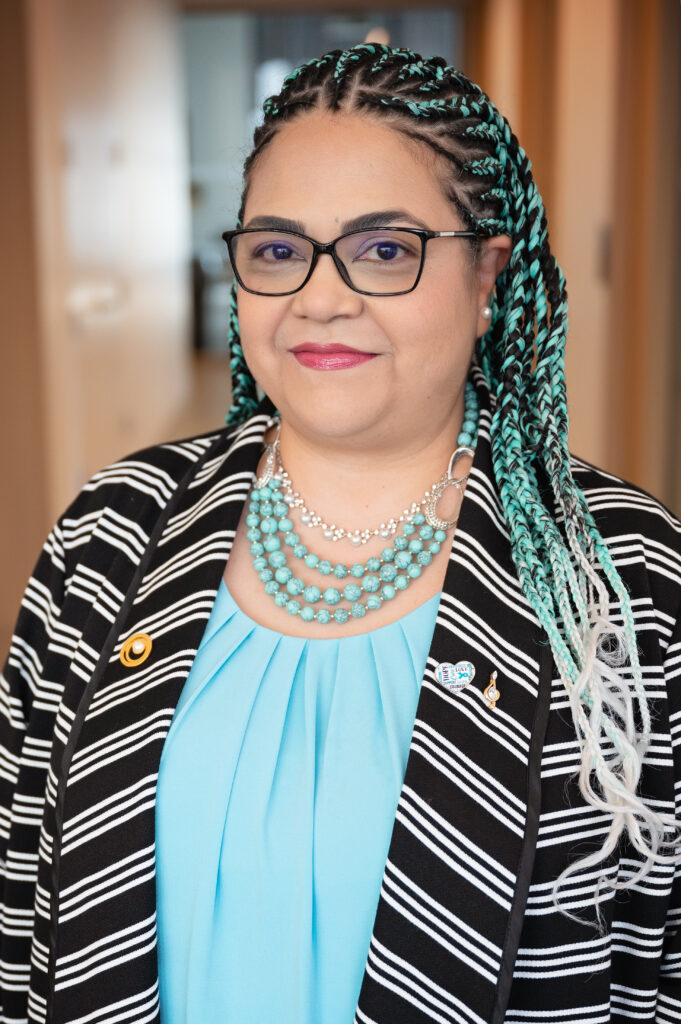
New York Cervivor Yvette Torres shared how her husband was so inspired by the campaign that he jumped in and fundraised next to her, spreading awareness about Cervivor’s mission to coworkers, friends, and family:
“My journey as a Cervivor Ambassador isn’t just about awareness—it’s about the love and support that fuels my every step. Seeing my husband, my rock and caregiver, join me in these advocacy efforts has been the greatest reward. Together, we’re proving that advocacy is a team effort, and with love and unity, we can make a difference.”
Motivated by reaching the fundraising goal so early, Washington Cervivor Ambassador Anna Ogo said simply:
“What’s our next goal?”
The answer:
Raise another $20,000 to continue our mission to end this preventable disease—and ensure no one faces cervical cancer alone!
Why TG20 Support Matters So Much
From Team Cervivor, we are deeply grateful to everyone who has contributed to bringing cervical cancer awareness to the forefront. But we can’t stop now! Your continued support is essential in ensuring that we provide critical education, advocacy, and support services to those affected by cervical and HPV-related cancers.
Why is Cervivor’s voice so crucial right now?
- Cervical cancer doesn’t stop for pandemics, political shifts, or economic uncertainty. Our mission to educate and advocate for those affected remains as urgent as ever.
- Our community depends on us for accurate information, resources, and support during these changing times.
- Every dollar raised gets us closer to our goal of eliminating cervical cancer and HPV-related diseases.
Join the TG20 Campaign!
Ready to help keep the momentum going? If you haven’t started your Tell 20, Give 20 fundraising page yet, here’s how:
- Go to the fundraising page to set up your personal fundraising page or create a team.
- Share your story and explain why you’re passionate about Cervivor’s mission (and don’t forget to tag us!).
- Reach out to friends and family and ask for their support.
Let’s keep pushing toward our next $20,000 goal! Together, we’ll rise to the challenge and help make cervical cancer a thing of the past.
Thank you for being such an important part of our mission!
